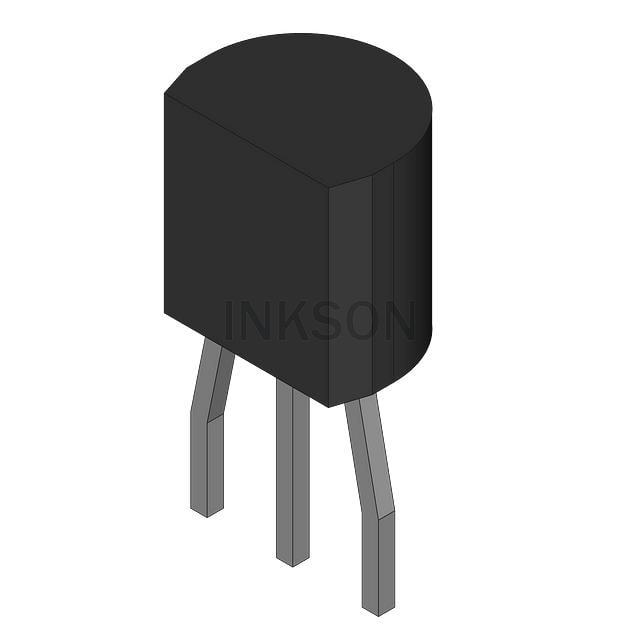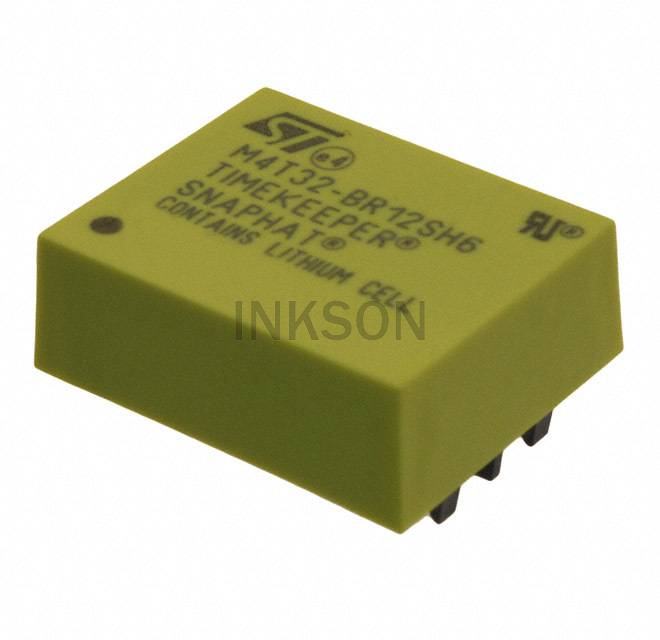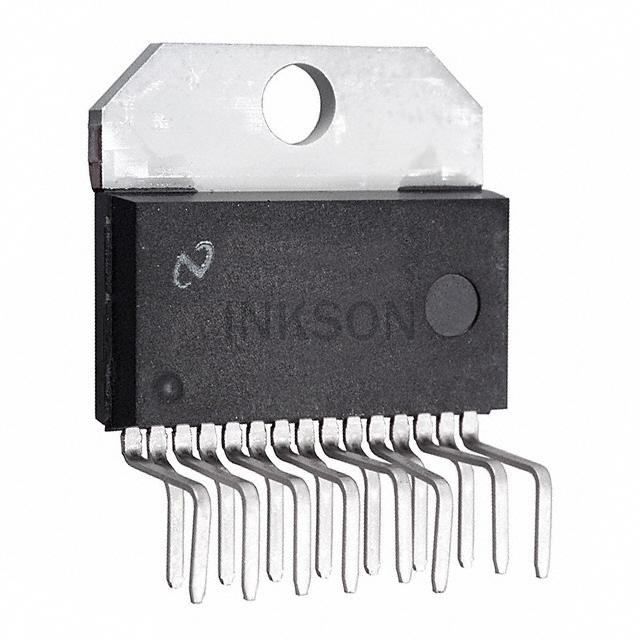The LP395Z/LFT1 is a specific part number that relates to a voltage regulator manufactured by Texas Instruments. More specifically, it is a linear voltage regulator. These devices are commonly used to regulate the voltage in electronic circuits. Here's a breakdown of its main functions, typical application areas, and some alternative models:
Main functions:
- Voltage Regulation: The LP395Z/LFT1 is designed to regulate and stabilize voltage, ensuring a consistent output voltage regardless of changes in input voltage or load conditions.
- Power Efficiency: It aims to minimize power dissipation by lowering excess voltage across the regulator, thereby conserving energy and minimizing heat generation.
Application areas:
- Power Supplies: In various power supply circuits or board-level power systems, the LP395Z/LFT1 is employed to regulate the voltage, offering stable and reliable power to connected devices.
- Consumer Electronics: It can be found in a range of consumer electronic devices where voltage regulation is crucial for optimal performance and longevity.
- Automotive: In automotive electronics, this type of voltage regulator is used for various applications like regulating the voltage for sensors and minor control systems.
- Industrial Control Systems: For providing regulated voltage in diverse industrial control and automation applications.
Alternative models:
- LM7805: A widely used linear voltage regulator available in various packages from different manufacturers providing a fixed 5V output.
- LM317: This adjustable linear voltage regulator offers the capability to provide different voltage outputs based on the application's specific requirements.
- LT1086: Another alternative, renowned for its low-dropout (LDO) linear regulator feature and higher voltage/current capabilities.
When choosing an alternative model, important factors to consider include voltage output, voltage input range, current capabilities, package size, and thermal considerations, to ensure seamless compatibility and optimal performance within the given application.



